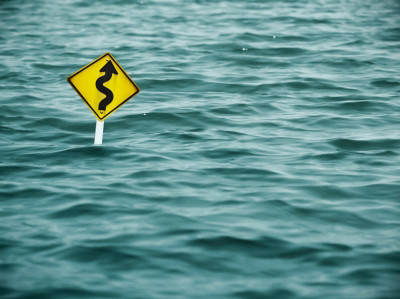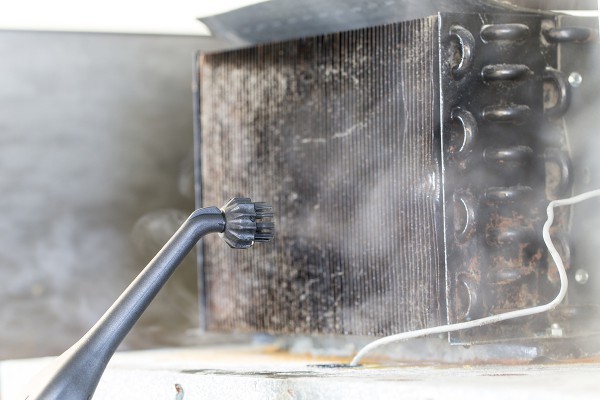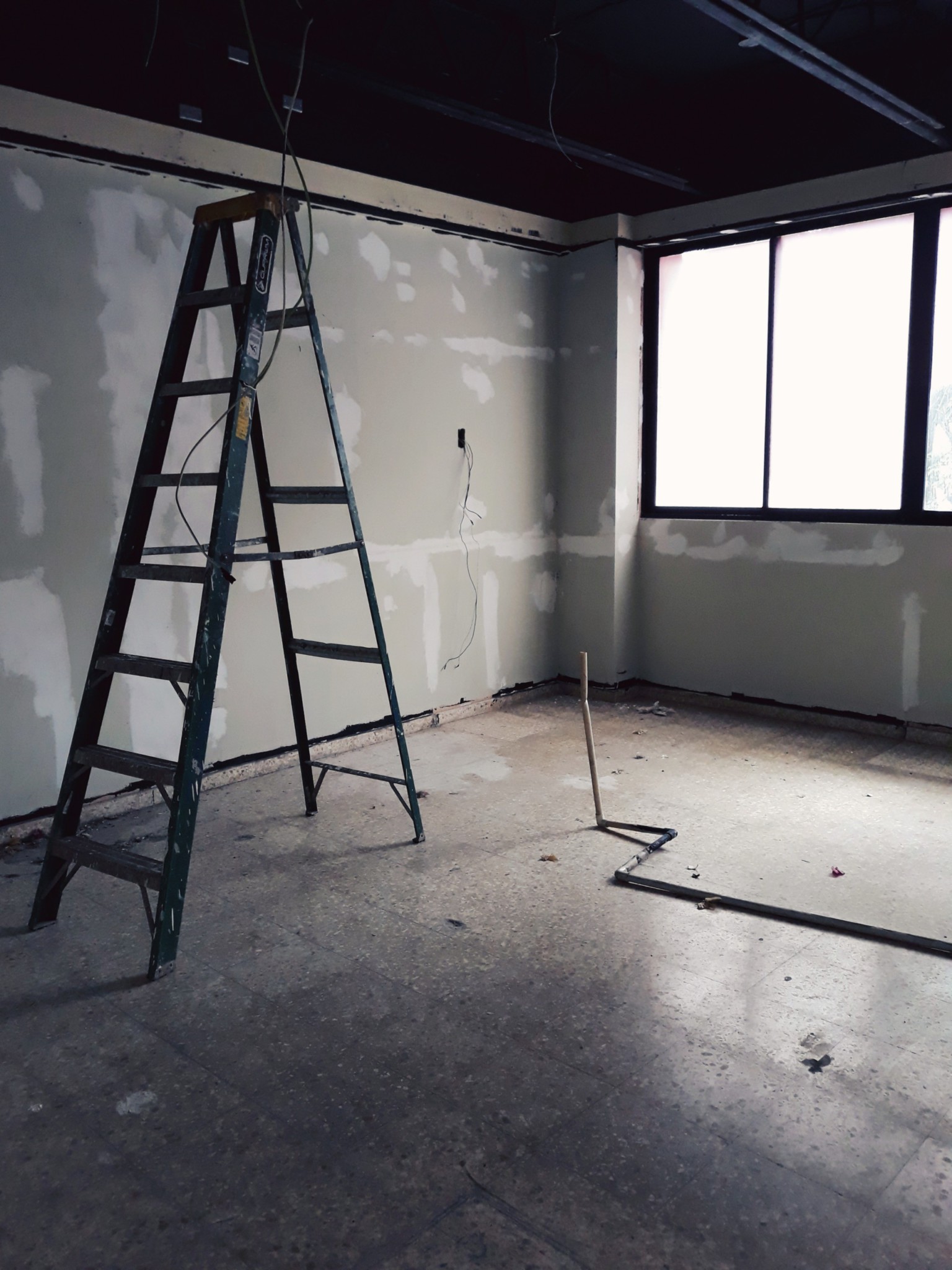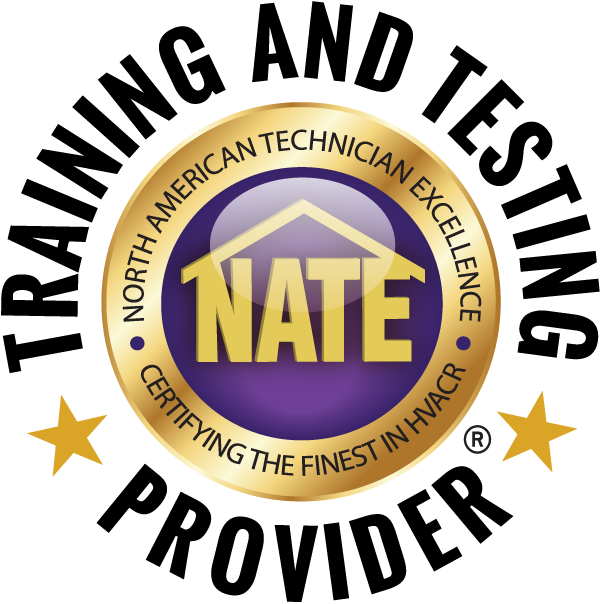Floods are the #1 natural disaster in the United States and are the most dangerous, yet common natural disasters around the world. National Geographic says floods do about $6 billion worth of damage and kill about 140 people every year. After a flooding event, it’s an easy mistake to just flip the switch on an HVAC system to see ‘if it works”, but that can be a deadly mistake. Below are are a few steps you can take after the storm to protect equipment from dangers that can be lurking inside of an HVAC unit after a natural disaster.
Inspect HVAC Units Thoroughly
While inspecting the unit, did you see water, debris or even damage that has formed inside or around the unit? How about any fallen objects or power lines down in the area? Floodwater sweeps up everything in its path, so coming in contact with it can be hazardous if not done correctly. Here are a few best practices for safely handling floodwater yourself:
- Make sure all main power is off to all HVAC units
- Even though you may be an HVAC professional, consult with a professional mold remediation company before working on flood damaged parts of a home or business
- Always wear protective clothing and protective breathing apparatus. Most flood water is an IICRC Class 3 hazard, which means it most likely has come in contact with sewage or other biological matter
- Be prepared to capture photos of floodwater, damage and steps taken – just enough to use as evidence for insurance companies for your customers
- Identify any broken power cables, tubing, conduit or anything else that appears out of place
Remove water as quickly as possible
Remember, the longer water stays inside of your system, the better it penetrates the area and becomes more difficult to dry. For professional results, a great solution would be to vacuum it out with a wet/dry vacuum, like BucketVac® from SpeedClean. This powerful industrial vacuum provides 100 CFM and 60″ vertical lift suction, making short work of any wet or dry mess.
Kill mold, mildew and bacteria.
Even if the unit appears to be in working condition, mold and bacterial growth are likely to have started immediately after the flooding event. The key to preventing and stopping indoor mold growth is to control excessive water building inside of the system. The best way of doing this, after a visual inspection, is to section off the house or business with plastic wrap, then apply an EPA registered cleaner that meets the requirements for killing mold and mildew to flood area surfaces. Once finished applying mold, mildew and bacteria killer and cleaner, begin the drying process. Take your time during this step to make sure the areas have fully dried. Again, work in conjunction with a mediation expert.
NOTE: Repeat the process a second time and consider fogging with a fogger so it can enter all cracks and crevices of the flooded environment.
Apply an EPA registered product
Be sure to choose an EPA registered mold inhibitor cleaner, and not a mold cleaner. These solutions differ as mold killers eliminate mold and mold inhibitors works to prevent the growth of mold and mildew on surfaces. If cleaning in an occupied space, first, make sure it’s safe to use around areas where pets and people are.
Set a visual inspection time frame of a few weeks later, to make sure no growth has re-emerged.
Follow these steps to effectively free your equipment from dangerous contaminants, like mold and mildew, from forming inside HVAC units after a natural disaster and flooding incident.







Leave A Comment